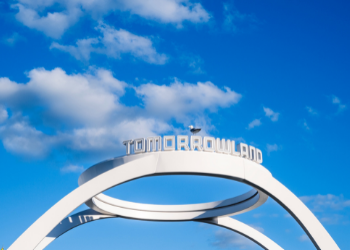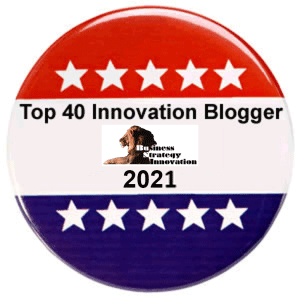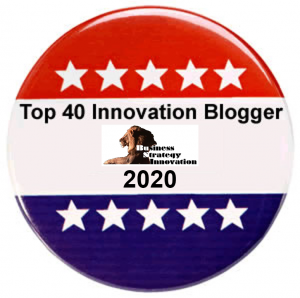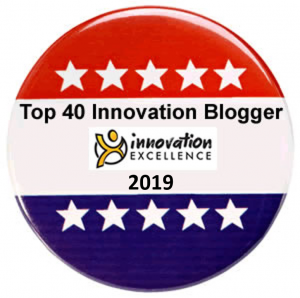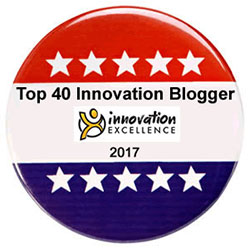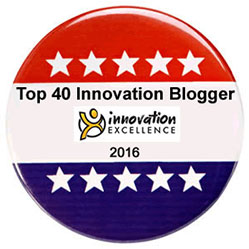In the first blog in our latest series, “Developing a human-centric future fitness focus” we shared the three characteristics that offer senior executives a “unique unfreezing opportunity” from the COVID-19 hiatus. These involved developing a future-ready company that builds upon pandemic-related accomplishments and re-examines (or even reimagines) the organisation’s identity, how it works, and how it grows. This means that every organisation, regardless of its size and specialisation, requires its leaders, and teams paradoxically, to be both competent and confident, and be both human-centred and customer-centric, in effectively managing both the future and the present.
Simultaneously, they need to ensure that they capture the best of what we’ve all learned to keep the digital momentum going and initiate the shift to quantum, by exploring, identifying, and unleashing the possibilities of a post-COVID-19 world. To maximize, what McKinsey & Co describes as a “turning point” for economies: where new patterns of consumer and business behaviour have emerged at extraordinary speed and can be sustained over long periods of time because digitization has accelerated change faster than many believed previously possible.
Unlearn, relearn, reskill and upskill
Reinforcing that managing both the future and the present requires generating new ways of harnessing and maximizing people’s collective and connective intelligence by:
- Investing in helping people unlearn, relearn, reskill and upskill to meet the needs of jobs transformed by technologies created by globally accelerated digitization.
- Helping people create vital new reference and landing points for a future that they may not have previously imagined, and by;
- Supporting them in being comfortable with the discomfort this brings.
Focussing on developing a more adaptive, connected, mentally tough, and emotionally agile workforce; enabled and empowered to dance at the edge of their comfort zones, co-create value and succeed in a transforming market.
Both Human and Customer-Centric
Through developing both human-centric and customer-centric relationships that:
- Enable people to shift from human-centred doing to human-centred being through connecting compassionately, creatively, and courageously through reciprocity and collaboration, knowing consumers have shifted largely to digital channels and many people are at home “nesting” and at the same time “languishing” in their remote and virtual workplaces.
- Empower people to become customer-centric by co-create collective value that customers appreciate and cherish, because the virus interrupted, accelerated, and even reversed longstanding and conventional consumer and business habits.
- Engage people in co-creation and in taking collective action to ensure that the rebound is not uneven, enabling them to reboot creatively by maximizing the opportunities arising from the acceleration in the adoption of digital, automation, and other technologies as well as using innovation to add value to the common good in ways that improve humanity.
Seizing the opportunity – it’s paradoxical
Developing future fitness requires people to not only unlearn, and see the world with fresh eyes, it also involves being able to sense and perceive it through a paradox lens; which helps us shift our focus across polarities of thought, from binary and competitive to critical, conceptual, and complementary thinking.
An often-quoted example is that as humans, we need to both exhale and inhale, we need to both rest and be active, rather than just do one or the other, or simply just either exhale or inhale, either rest or be active.
This means that a paradox is formed by contradictory yet interrelated elements that consistently coexist, and as leaders, teams, and coaches, we need to master this to develop the capability of managing both the future and the present simultaneously.
Embracing paradox
Embracing paradox involves being able to consciously shift cognitively from perceiving a prescriptive “either/or” world, which makes things black and white, right and wrong, mandatory or voluntary.
Towards embracing both poles, or polarities, and finding a balance within the dis-equilibrium. As leaders, teams, and coaches, to seek equilibrium, by balancing both an ability to maximize and minimize people by exerting both powers over them, and by sharing power with them, to unleash both possibility and necessity thinking.
Dancing with dis-equilibrium
Letting go of an “either/or” perspective creates the safe spaces that allow people to flow with “what is” and to then evoke and provoke our thinking to perceive “what could be” possible.
By leading through dancing with dis-equilibrium to co-create a state of equilibrium to be an effective, agile, and creative leader and team member in a disruptive VUCA world.
In ways that allow people to confront and flow with tension and conflict, scrutinize any inherent contradictions by evoking and provoking creative ways in which the competing and complementary demands can be met in managing both the future and the present simultaneously.
Being both human-centric and customer-centric
Developing future-fitness requires leaders, teams, and coaches to be both human-centric and customer-centric simultaneously – to co-create organisations that integrate the values of human-centred design as a framework to balance the needs of the organisations with the needs of its users, customers, and communities, and for the common good and future of humanity.
Being human-centred
Being human-centred is also defined as being “marked by humanistic values and devotion to human welfare” which means that to create more human-centred leaders, teams, and people – we need to know how to shift the paradigm both from human-centred doing, and towards human-centred being by:
- Helping people explore and embrace their own humanness.
- Being willing, enabled, and empowered to develop reciprocal and collaborative relationships.
- Connecting to ourselves and others openly through how we feel, express and tap into our own emotions and those of others we interact with.
- Being altruistic in serving the common good in ways that potentially add value to the future of humanity.
Being customer-centric
Customer-centricity is a way of doing business that fosters a positive customer experience at every stage of the customer journey. It aims at building customer loyalty and satisfaction leading to referrals for more customers. Anytime a customer-centric business makes a decision, it deeply considers the effect the outcome will have on its customers and users.
To create more customer-centred leaders, teams, and people – we need to shift the paradigm from seeing business as both a source of revenue, wealth, and profit and towards customers being the reason and source of business success, or not, by:
- Developing a customer-centric purpose, vision, and mission that every leader, team, and team member is aligned to, and has a line of sight to, and is able to contribute towards its achievement.
- Anticipating customer and potential user needs.
- Ensuring that there are rigorous and regular customer and cultural assessment metrics and feedback mechanisms in place.
- Ensuring that leadership and team capabilities to adapt and grow are aligned to achieve the purpose, vision, mission, and goals.
- Enabling every leader and team member to connect with, and listen to customers, and then build products that meet customer needs, anticipates customer wants, and provide a level of service that keeps customers coming through the door and advocating for the brand or business.
Harnessing collective and connective intelligence
Reinforcing that managing both the future and the present requires generating new ways of harnessing and mobilizing people’s collective and connective intelligence in ways that ultimately co-create organisations that integrate the values of both innovation and human-centred design as a framework.
This helps balance the needs of the organisations with the needs of its users, customers, and communities, as well as enables leaders, teams, and organisations to collaborate towards contributing to the common good and to the future of humanity. It will also help people co-create both vital new reference points and landing strips for a future that they may not have previously imagined, and support them in being comfortable with the discomfort this brings.
This is the second of a series of four blogs, podcasts, and webinars on Developing a Human-Centric Future-Fitness organisation.
Find out more about our work at ImagineNation™
Join our next free “Making Innovation a Habit” innovation webinar “Managing both the future and the present” to support you to respond to the new environments, new customers, and heightened societal expectations emerging in 2021. It’s on Thursday, July 29 at 9.00 pm Sydney and Melbourne, 12.00 pm London, 1.00 pm Berlin and at 3.00 pm Abu Dhabi. Find out more.
Find out about The Coach for Innovators Certified Program, a collaborative, intimate, and deep personalized innovation coaching and learning program, supported by a global group of peers over 8-weeks, starting October 19, 2021. It is a blended learning program that will give you a deep understanding of the language, principles, and applications of a human-centered approach to innovation, within your unique context. Find out more.
